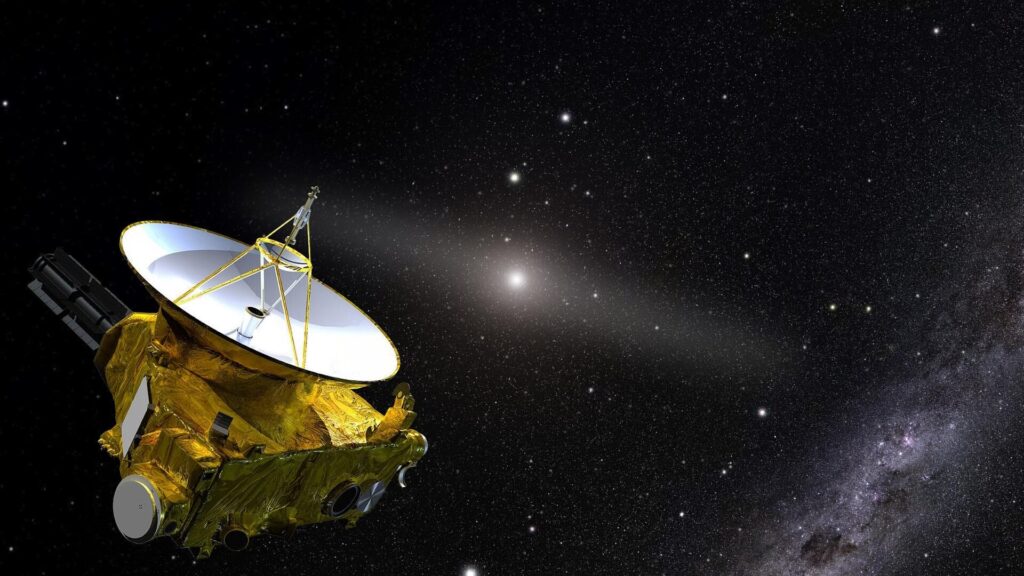NASA has agreed to extend the operation of the New Horizons probe until the end of this decade to support “multidisciplinary” science. The extended mission of the spacecraft may include another flyby of the Kuiper Belt object.

The New Horizons probe was launched in 2006 to study Pluto. In 2015, it made a historic visit to the dwarf planet, after which it continued its journey deep into the Kuiper Belt. In 2019, it performed a flyby of one of its icy objects called Arrokoth. New Horizons is currently the only operational spacecraft located in the Kuiper Belt.
New Horizons was at the center of a scandal in May when it became known about NASA’s plans for the future of the mission. The Aerospace Administration was going to radically change its priorities: instead of continuing to study the Kuiper Belt, focus all efforts on heliophysics research. This decision also assumed the transfer of control of the spacecraft to a completely different escort group, which would be an unprecedented case for NASA interplanetary missions.
The original mission team, responsible for its development and supporting the work of New Horizons all these years, sharply criticized such a proposal. It argued its position by the uniqueness of the probe’s position. Even if someone wants to send the spacecraft to the Kuiper Belt right now, it will take several decades for it to fly there, while New Horizons is already in the right place.
To draw attention to the problem, scientists actively covered the situation in the press and even organized an online petition. Until the very last moment, it seemed that NASA would not change its decision, but in the end, a compromise was reached. Control of the spacecraft will remain in the hands of the original support team. As for the main purpose of New Horizons, it will collect geophysical data, as well as conduct remote observations of Kuiper Belt objects. If astronomers manage to find an object located on the flight path of the probe, it will be directed to it.
According to https://www.nasa.gov
Follow us on Twitter to get the most interesting space news in time
https://twitter.com/ust_magazine
